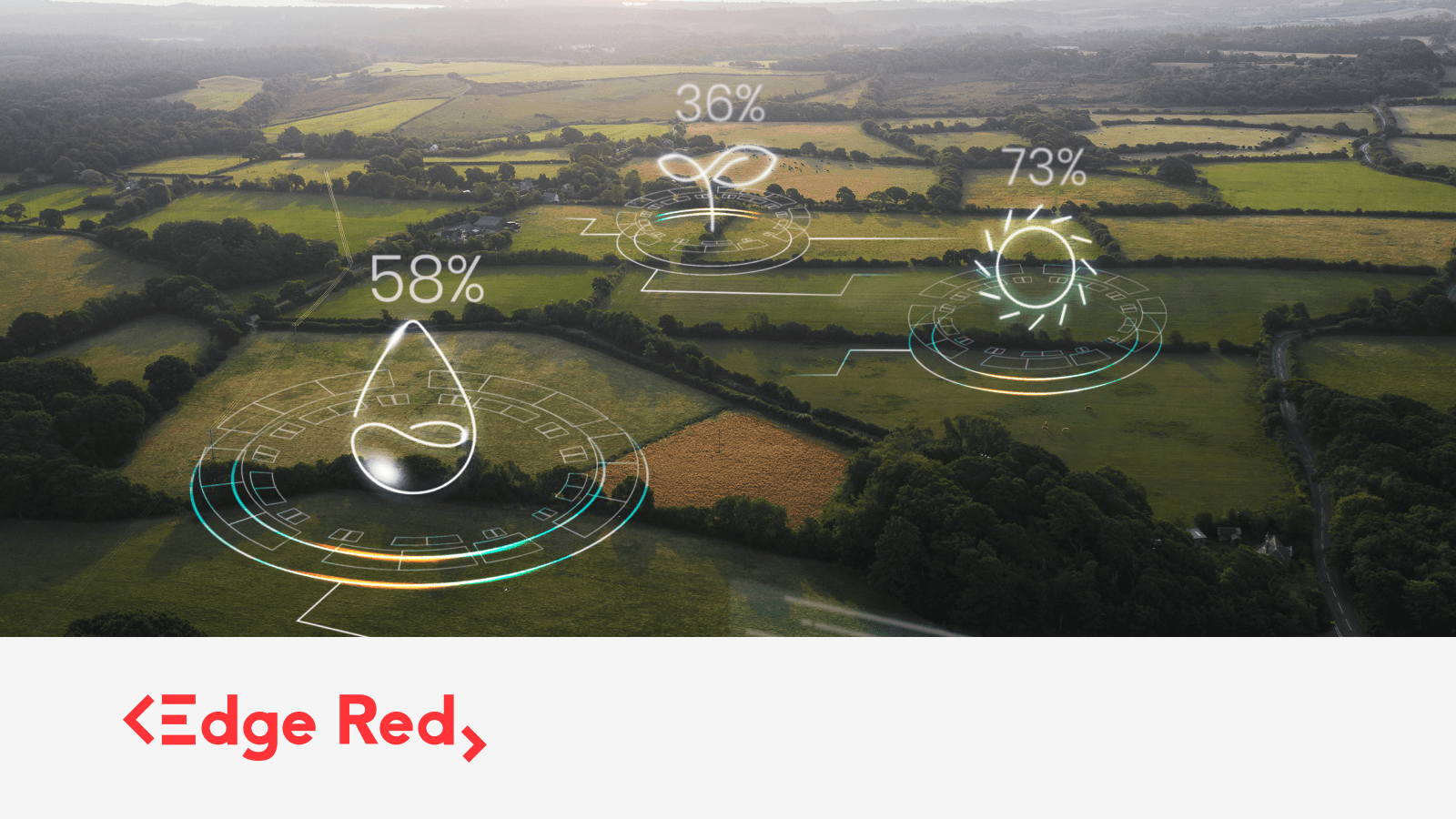Data's carbon footprint: A growing concern
24 Sep 2024

Did you know that the digital infrastructure supporting our daily convenience is also a silent contributor to global warming? Globally, data centres are a significant contributor to greenhouse gas emissions, accounting for approximately 2.5% to 3.7% of the total—more than the entire airline industry’s 2.4%. In 2021, Samsung alone emitted 20.1 million metric tons of CO2, and Amazon produced 16.2 million, reflecting the significant carbon footprint of big tech companies and their environmental impact. (sources: ElectronicsHub,Climatiq Blog).
In Australia, the rapid growth of data centres, including those being developed by Amazon Web Services and Microsoft, could consume 15% of the nation’s electricity by 2030. (sources: Australian Energy Council,Datacenter Dynamics,Information Age). This makes it really important to adopt sustainable practices immediately. In response to these growing concerns, Australia has enacted new sustainability reporting legislation that requires companies to disclose their environmental impact more comprehensively, effective January 2025. This legislation aims to enhance transparency and accountability, encouraging businesses to take concrete steps to reduce their carbon footprint. By adhering to these stricter reporting standards, companies can align with global sustainability goals and contribute to a more sustainable future. (source: PwC Australia)
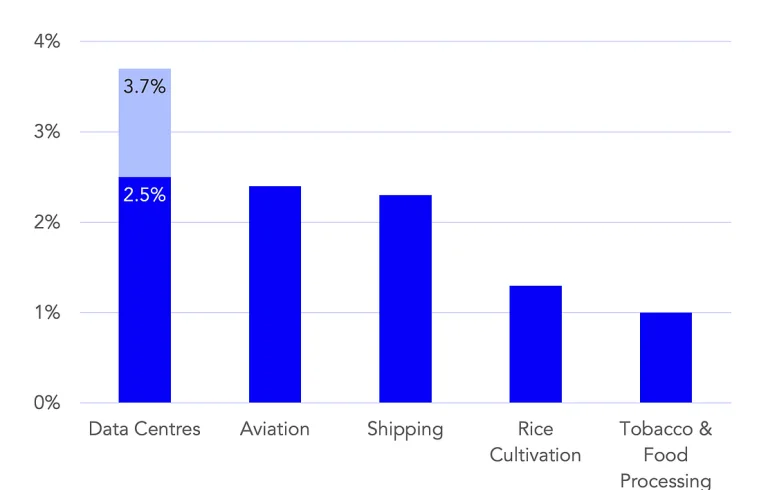
CO2 emissions from data centres contribute directly to global warming, which leads to rising sea levels, extreme weather, and even food shortages. To tackle these challenges, more and more companies are turning to analytics consultancies. Analytics consultancies like EdgeRed Analytics use data-driven strategies to help companies use energy more efficiently, become more sustainable, and keep track of their progress, helping them meet both environmental and financial goals.
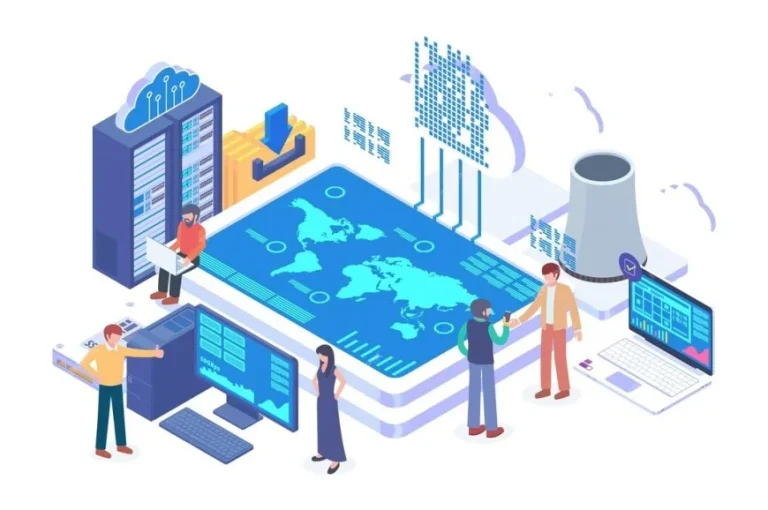
Example Case Study
To illustrate the importance of sustainable data management, consider a transportation company offering ride-hailing, delivery services, and freight transport. These sectors generate vast amounts of data daily, making efficient data management crucial. As carbon emission regulations tighten, managing this data sustainably becomes not only a necessity but also a regulatory requirement. Companies in these industries must adopt sustainable practices to reduce their environmental impact while maintaining reliable services.
Addressing Dark Data
One major challenge the company faces is managing dark data—unused data that consumes energy and storage space without providing value. Regularly reviewing and deleting unnecessary data can address this issue, reducing both operational costs and environmental impact. For example, the company can categorise data into “hot” data, like real-time GPS tracking and customer requests, which needs to be quickly accessible, and “cold” data, such as old ride history, which can be stored in more energy-efficient systems. This approach not only optimises data storage but also significantly reduces the company’s carbon footprint by minimising the energy used to maintain irrelevant data.
Implementing Edge Computing
Alongside addressing dark data, the location of data processing also plays a crucial role in sustainability. Edge computing, which involves processing data closer to its source rather than relying on distant data centres, can reduce energy consumption by up to 30% and improve decision-making speed, such as matching drivers with passengers during peak times. Additionally, edge computing can lower infrastructure costs by reducing the demand on central data centres. As companies grow, edge computing offers a scalable solution to handle increasing data volumes without overwhelming central systems, thereby supporting innovation while maintaining sustainability. (source: QuantumZeitgeist)
Exploring Renewable-Powered Data Centres
To improve sustainability, renewable-powered data centres offer a great solution. Energy sources like solar and wind offer carbon-free, stable power capable of meeting high demands without increasing greenhouse gas emissions. When combined with AI, these data centres can optimise energy use, adjust consumption in real-time based on demand, and predict maintenance needs, reducing waste and enhancing efficiency.
In Australia, with net-zero emissions targets by 2050, renewables are key to reaching sustainability goals.The GenCost 2023-24 report published by CSIRO and authored by Paul Graham, Jenny Hayward, and James Foster, highlights that solar and wind not only offer low-cost energy solutions but are also the most rapidly expanding sources. While there are some additional costs for integrating them, such as storage and transmission, these costs are expected to drop significantly by 2030, making renewables even more affordable. As Australia’s renewable energy sector grows, companies can adopt these cost-effective, scalable solutions to support global sustainability efforts. (source: CSIRO, GenCost 2023-24 Report)
Leveraging Predictive Models and Optimisation Algorithms
While exploring innovative energy solutions, it’s equally important to optimise how we use data and resources through advanced analytics. Predictive models and optimisation algorithms also play a key role in efficiency. For instance, a Random Forest model, which uses historical data to make accurate predictions, can estimate demand for rides or deliveries, allowing the company to deploy resources effectively. Before a major event, the model can analyse past data, weather patterns, and local activities to anticipate high-demand areas, ensuring that drivers are strategically positioned. Once demand is predicted, optimisation algorithms match drivers with passengers in the most efficient way, reducing wait times, saving fuel, and improving overall service quality. This approach not only enhances the customer experience but also contributes to the company’s environmental goals by minimising energy and resource usage.
Monitoring and Reporting Sustainability Efforts
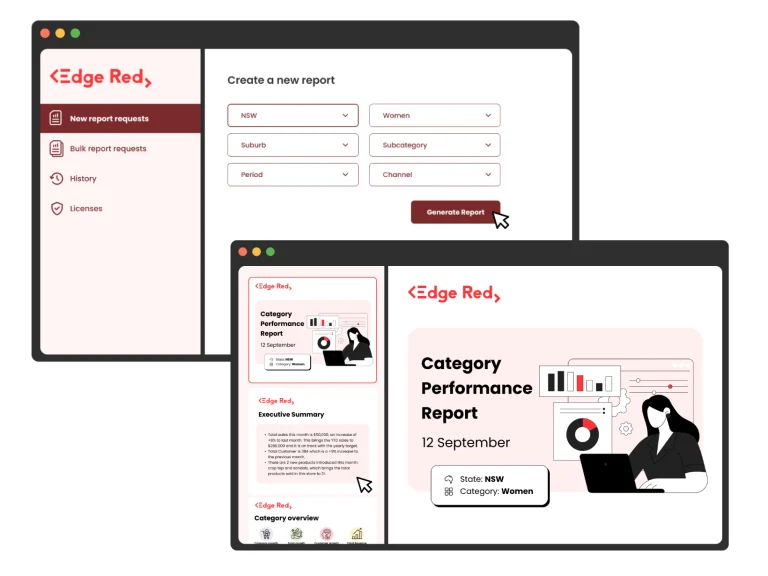
To monitor sustainability efforts, the company can use dashboards to track key metrics like energy use and carbon emissions, identifying areas for improvement. For reporting, tools like EdgePreso offer customisable reports that track sustainability metrics in real-time, including energy consumption, carbon emissions, and cost savings. This enables companies to generate detailed ESG reports, keeping stakeholders informed and ensuring that their sustainability strategies are on track.
With Australia’s new Sustainability Reporting legislation, companies must provide transparent ESG reports. EdgePreso streamlines this process, ensuring compliance by keeping data up-to-date and tailored to sustainability initiatives, while generating real-time reports to meet new regulatory standards efficiently. Additionally, using Power BI dashboards, companies can visualise key sustainability data, providing a clear overview of energy usage, emissions trends, and areas for improvement. These insights help businesses make informed decisions and stay compliant with regulatory requirements
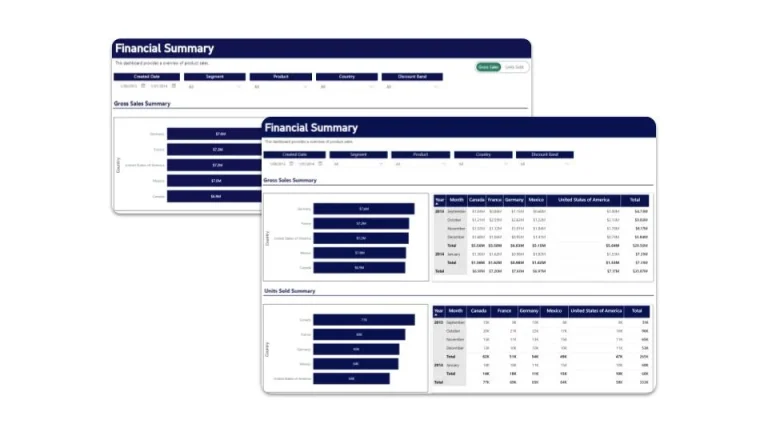
To monitor sustainability efforts, the company can use dashboards to track key metrics like energy use and carbon emissions, identifying areas for improvement. For reporting, tools like EdgePreso offer customisable reports that track sustainability metrics in real-time, including energy consumption, carbon emissions, and cost savings. This enables companies to generate detailed ESG reports, keeping stakeholders informed and ensuring that their sustainability strategies are on track.
With Australia’s new Sustainability Reporting legislation, companies must provide transparent ESG reports. EdgePreso streamlines this process, ensuring compliance by keeping data up-to-date and tailored to sustainability initiatives, while generating real-time reports to meet new regulatory standards efficiently. Additionally, using Power BI dashboards, companies can visualise key sustainability data, providing a clear overview of energy usage, emissions trends, and areas for improvement. These insights help businesses make informed decisions and stay compliant with regulatory requirements
References
The Carbon Emissions of Big Tech (ElectronicsHub)
Measuring greenhouse gas emissions in data centres (Climatiq Blog)
Data Centres and Energy Demand (Australian Energy Council)
New data centers in Melbourne and Sydney (Datacenter Dynamics)
Huge spendings on Aussie data centres (Information Age)
Sustainability reporting legislation (PwC Australia)
Edge vs cloud computing (QuantumZeitgeist)
GenCost 2023‐24 Report (CSIROGenCost 2023-24 Report)
This post was written by Eva, with support from Matthew
About the author
Eva is a data analyst with a background in data and computer science. She is passionate about leveraging data to uncover insights and develop straightforward solutions to complex problems. Eva is committed to continuous learning and actively seeks opportunities to expand her expertise. Outside of work, she enjoys exploring new places, traveling, and rollerblading.
About EdgeRed
EdgeRed is an Australian boutique consultancy with expert data analytics and AI consultants in Sydney and Melbourne. We help businesses turn data into insights, driving faster and smarter decisions. Our team specialises in the modern data stack, using tools like Snowflake, dbt, Databricks, and Power BI to deliver scalable, seamless solutions. Whether you need augmented resources or full-scale execution, we’re here to support your team and unlock real business value.
Subscribe to our newsletter to receive our latest data analysis and reports directly to your inbox.


